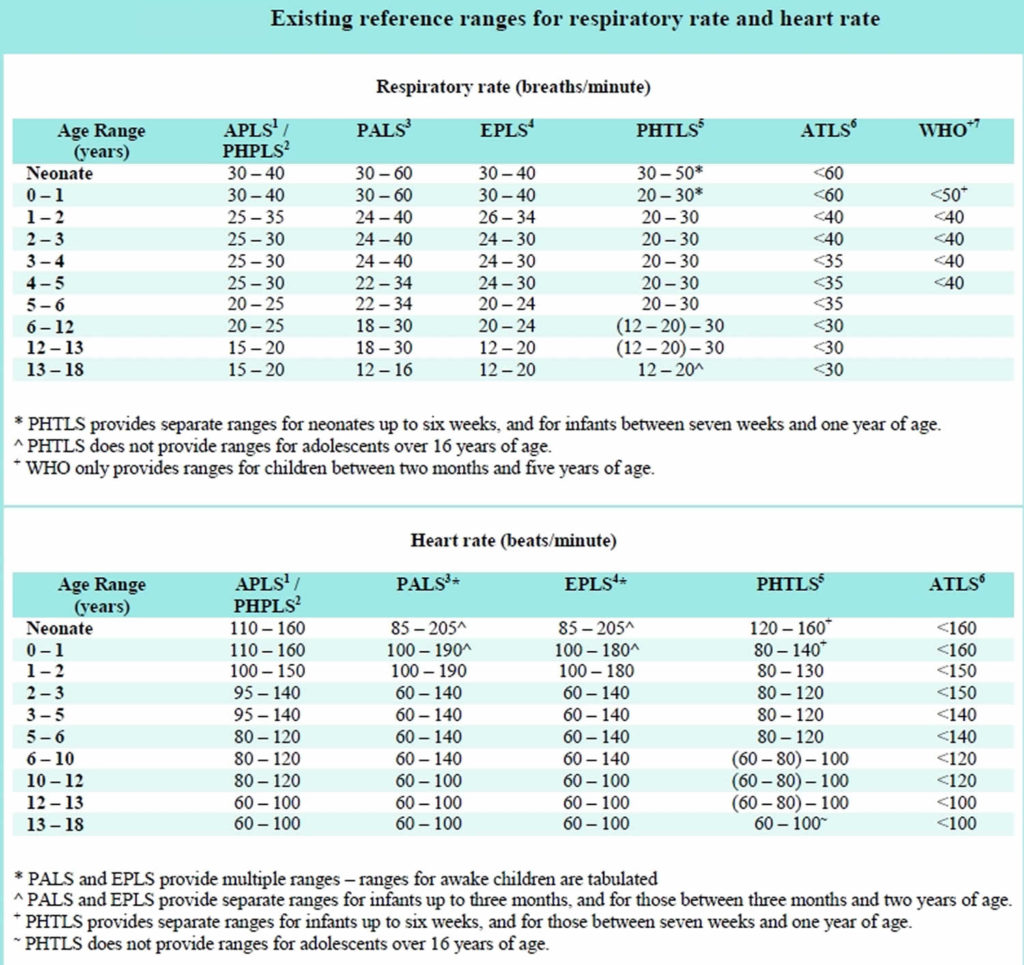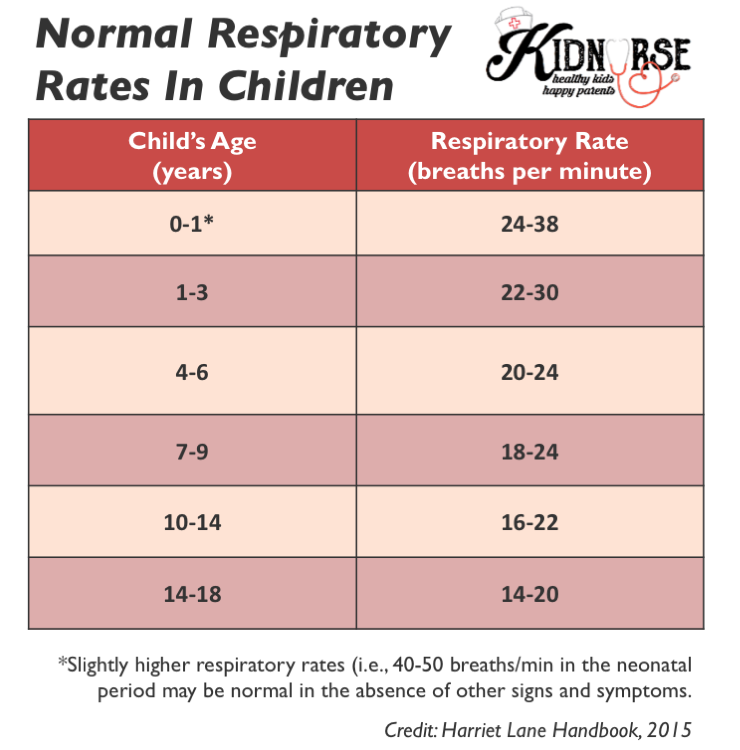The respiratory rate in adults serves as a vital indicator of overall health and respiratory efficiency. Gaining insight into what constitutes a normal respiratory rate empowers individuals to detect potential health issues early. In this comprehensive guide, we will explore the typical respiratory rates across various age groups, delve into the factors that influence these rates, and emphasize the importance of monitoring them for maintaining optimal health.
Respiratory rate, which is defined as the number of breaths taken per minute, can differ greatly depending on factors such as age, general health, and physical activity. For adults, the standard respiratory rate typically falls between 12 and 20 breaths per minute. This article will provide an in-depth analysis of what this metric means and why it is crucial for assessing overall well-being.
Furthermore, recognizing the implications of abnormal respiratory rates can enable individuals to seek prompt medical assistance, enhancing their health outcomes. Let us explore the nuances of normal respiratory rates, the factors that shape them, and what to watch out for in different age groups.
Read also:Exploring The Financial Empire Of Jim Marsh A Comprehensive Guide
Table of Contents
- What Constitutes a Normal Respiratory Rate?
- The Impact of Age on Respiratory Rate
- Key Factors That Influence Respiratory Rate
- The Importance of Monitoring Respiratory Rate
- Signs of Abnormal Respiratory Rates
- When to Consult a Healthcare Professional
- Final Thoughts
What Constitutes a Normal Respiratory Rate?
The typical respiratory rate for adults at rest generally ranges from 12 to 20 breaths per minute. However, this number can fluctuate based on various factors, such as the individual's physical fitness, overall health, and even the time of day. Below are some important considerations:
- A resting respiratory rate that consistently falls below 12 or exceeds 20 breaths per minute may signal underlying health concerns.
- Individuals with a high level of physical fitness, such as athletes, often exhibit lower resting respiratory rates, which is generally considered healthy.
- On the other hand, conditions like anxiety, fever, and respiratory illnesses can cause an increase in respiratory rate.
The Impact of Age on Respiratory Rate
Respiratory rates can vary significantly across different age groups, making it essential to interpret these rates accurately based on age-specific norms.
Infants and Children
Infants and children naturally have higher respiratory rates compared to adults. Here's a breakdown of typical ranges:
- Newborns: 30-60 breaths per minute
- Infants (1-12 months): 30-40 breaths per minute
- Children (1-5 years): 20-30 breaths per minute
- Children (6-12 years): 18-25 breaths per minute
Adults and Seniors
While adults typically maintain a respiratory rate of 12-20 breaths per minute, seniors may experience slight variations:
- Older adults might exhibit a slightly higher resting respiratory rate due to diminished lung capacity.
- Changes in physical activity levels can also influence respiratory patterns in this age group.
Key Factors That Influence Respiratory Rate
A variety of factors can impact an individual's respiratory rate. Below are some notable influences:
- Physical Activity: Exercise can temporarily increase respiratory rate as the body demands more oxygen.
- Emotional State: Stress, anxiety, or excitement can elevate breathing rates, often leading to rapid or shallow breathing.
- Health Conditions: Respiratory conditions like asthma or chronic obstructive pulmonary disease (COPD) can significantly alter respiratory rates.
- Temperature: Elevated body temperature due to fever can cause an increase in respiratory rate as the body attempts to cool itself.
The Importance of Monitoring Respiratory Rate
Regularly monitoring respiratory rate offers valuable insights into an individual's health status:
Read also:Unveiling Demi Bagbys Personal Life Who Is Her Boyfriend
- It acts as an early warning system for respiratory distress or other health issues, enabling timely intervention.
- Changes in respiratory rate can help evaluate the effectiveness of treatments for respiratory conditions, ensuring appropriate adjustments.
- Ongoing monitoring can aid in managing chronic conditions such as asthma and COPD, helping individuals maintain better control over their health.
Signs of Abnormal Respiratory Rates
Abnormal respiratory rates can present with several symptoms, including:
- Shortness of breath or difficulty breathing, which may indicate respiratory distress.
- Chest pain or tightness, signaling potential cardiac or pulmonary issues.
- An increased heart rate, often accompanying rapid breathing.
- Confusion or an altered mental state, which could result from oxygen deprivation.
When to Consult a Healthcare Professional
It is critical to seek medical attention if you observe:
- A consistently low respiratory rate below 12 or high rate above 20 breaths per minute while at rest.
- Signs of respiratory distress, such as labored breathing or gasping for air.
- Additional symptoms, such as chest pain, confusion, or dizziness, which may indicate a serious underlying condition.
Final Thoughts
To summarize, the normal respiratory rate for adults ranges from 12 to 20 breaths per minute, influenced by factors such as age, health status, and physical activity. Understanding these parameters enables individuals to take a proactive approach to their health. Regularly monitoring respiratory rates can serve as an effective early detection tool for potential health concerns. If you have any questions or experiences related to respiratory health, feel free to share them in the comments or pass this article along to others who might benefit from it.
Thank you for reading! We hope you found this information insightful and encourage you to revisit our site for more informative content on health and wellness.


